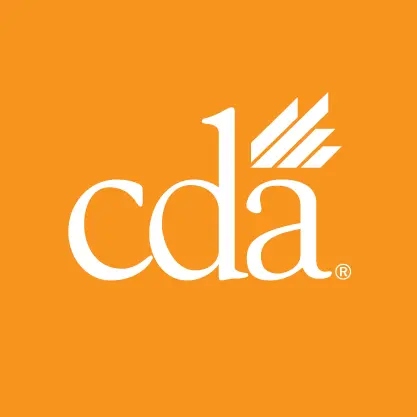March 26, 2024: Updated FAQ from the California Labor Commissioner’s Office clarify that employers may use the accrual method of one hour of sick leave for every 30 hours worked (1:30)to provide the required Paid Sick Leave to part-time employees regardless of whether the required benchmarks are met. Read on for more details.
Nov. 29, 2023: Employees in California will be allowed to take five days (40 hours) of paid sick leave — up from the current three — beginning Jan. 1, 2024, under legislation signed into law in October.
The law applies to employers of every size, and all salary and hourly, full-time, part-time and temporary employees who work in California are eligible for the five days of leave provided they work for the same employer for 30 or more calendar days.
Employers cannot interfere with an employee’s request to use the time for the diagnosis, care or treatment of an existing health condition or the preventive care for themselves or a “family member.”
For example, an employee could take PSL for a cold or other sicknesses for themselves or a sick child or for an annual physical or other preventive care, like a flu shot.
The definition of family member was broadened in January 2023 to include any person designated by the employee at the time they request the leave.
Update workplace policies and pay for used sick leave by deadline
Under the law, employers must:
- Update their workplace policies to reflect the increases.
- Continue to provide employees with the amount of available Paid Sick Leave, either on the employee’s printed wage statement or in a separate written document provided on the pay date.
- Pay the employee for any used sick leave no later than the payday for the next regular payroll period.
The PSL accrual begins the first day of employment, but employers can prohibit their employees from using the leave for the first 90 days of employment.
Clarification on accrual method for part-time employees
Employers may continue to provide front-loaded time or utilize the statutory accrual rate of one hour for every 30 hours worked up to 40 hours annually. Employers may limit carryover of unused sick leave to 80 hours.
Initially, the law did not specify how employers would apply the accrual method of one hour PSL for every 30 hours worked to part-time employees since part-time employees may not meet the law’s required benchmarks.
Without the clarification, many employers cautiously used the 1:30 accrual method up to 40 hours annually for part-time employees when they began following the law on Jan. 1, but employers and employment law experts have been waiting for clarification. Now they have it.
The Labor Commissioner’s Office in Marchconfirmed through its updated Paid Sick Leave FAQthat the benchmarks do not apply when employers use the 1/30 accrual method because“the measure assumes full-time employment.”
Q&A No. 12 reads in part: “If an employer is using the 1 hour of paid sick leave accrued for 30 hours worked or something more generous (e.g. 1 hour accrued of paid sick leave for every 20 hours worked), then the employer does not have to provide 24 hours or 3 days by the 120th day of the year and 40 hours or 5 days by the 200th day.”
Although the law stipulates that employees should provide “reasonable advance notification” of a foreseeable need to use Paid Sick Leave, employers should be cautious about defining reasonable notice as noncompliance with the law can result in fines and state penalties.
Consider the lump-sum or front-load approach to paying Paid Sick Leave
Employers can use several methods to calculate Paid Sick Leave depending on how they prefer to pay it.
For example, instead of the statutory-mandated accrual method that requires regular and overtime hours to be counted toward the accrual rate of one hour for every 30 hours worked, employers have the option to provide the leave using a lump-sum or front-load method.
The lump-sum method provides the full amount of leave at the onset of the established benefit year. The employee is provided the time, not a payment of wages, in advance for mandated PSL use. Employers who wish to avoid the administrative burden of tracking accrual and carryover may find this method appealing.
Also with this method, employees do not carry over unused time at the end of the benefit year. The employee will receive 40 hours or five new PSL days at the beginning of the established benefit year.
Conversely, the accrual method requires that all unused time must carry over to the following year of employment. However, an employer can cap the employee’s total use to 40 hours annually and total accrued amount at a minimum of 80 hours or 10 days.
Get the complete details on the expanded PSL law in CDA resources
CDA members can log in to access CDA’s California Paid Sick Leave FAQ and Comprehensive Guide to California’s Paid Sick Leave Law updated in late October. These resources cover the law in-depth, including employee eligibility, optional leave calculation methods, caps on accrual, how full-day and partial-day employee absences impact the use of PSL, and when an employer’s preexisting PSL policy must be followed. Also see the Department of Industrial Relations’ FAQ updated in December.
Some California cities have their own Paid Sick Leave mandates that may be more generous than the state’s Paid Sick Leave. Employers must follow the law that is more generous for the employee. Currently, eight cities have sick leave ordinances that are more generous than the state-required PSL. These cities are listed in CDA’s comprehensive guide to PSL.


